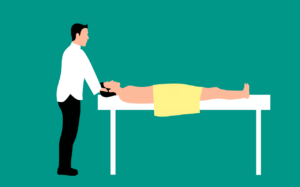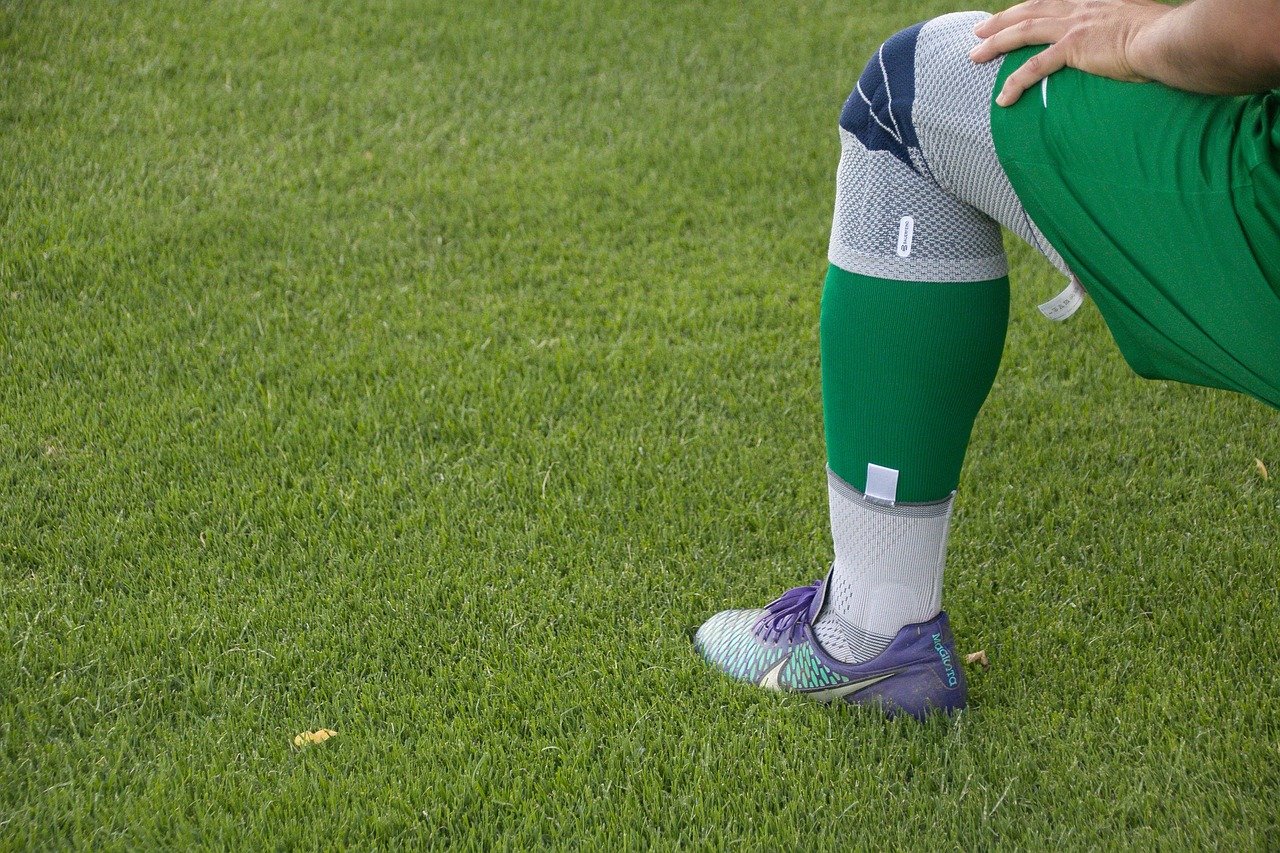
In your quest to find relief from knee pain, it can often feel overwhelming to determine the best resting position that will bring you comfort. That’s why we’ve created the ultimate guide to help you uncover the optimal position for alleviating knee pain. From understanding the anatomy of your knee to exploring various resting positions, we provide you with practical tips and insights to make your journey towards relief a little easier. Whether you’re recovering from an injury or dealing with chronic pain, this guide aims to empower you with the knowledge you need to find the best resting position for your knee pain.
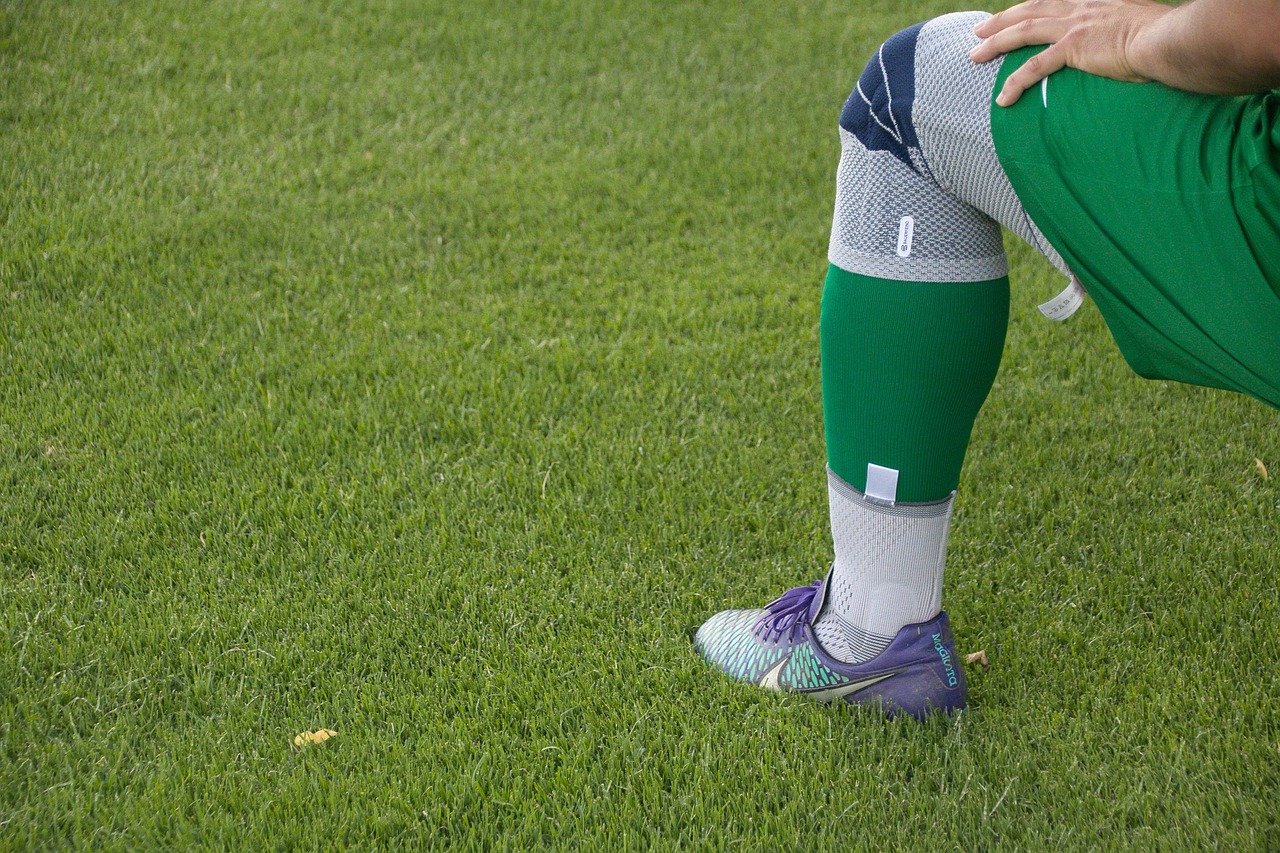
Choosing the Right Mattress and Pillow
Finding the best resting position for knee pain starts with choosing the right mattress and pillow. The importance of a supportive mattress cannot be overstated. A mattress that does not provide adequate support can lead to poor spinal alignment, which can exacerbate knee pain. When selecting a mattress, look for one that offers firmness and support while also allowing for comfort and pressure relief.
Equally essential is considering pillow support. A good pillow should provide proper neck and head alignment, which can help alleviate knee pain by keeping the spine in a neutral position. The pillow you choose will depend on your preferred sleeping position and any specific needs or comfort preferences you may have. Take the time to find a pillow that offers the right amount of support for your individual needs.
The Role of Body Alignment
Body alignment plays a crucial role in finding the best resting position for knee pain relief. Proper alignment not only helps alleviate pressure on the knees but also ensures that the rest of your body is properly supported. When the body is aligned correctly, it can help distribute weight evenly and prevent additional strain on the knees.
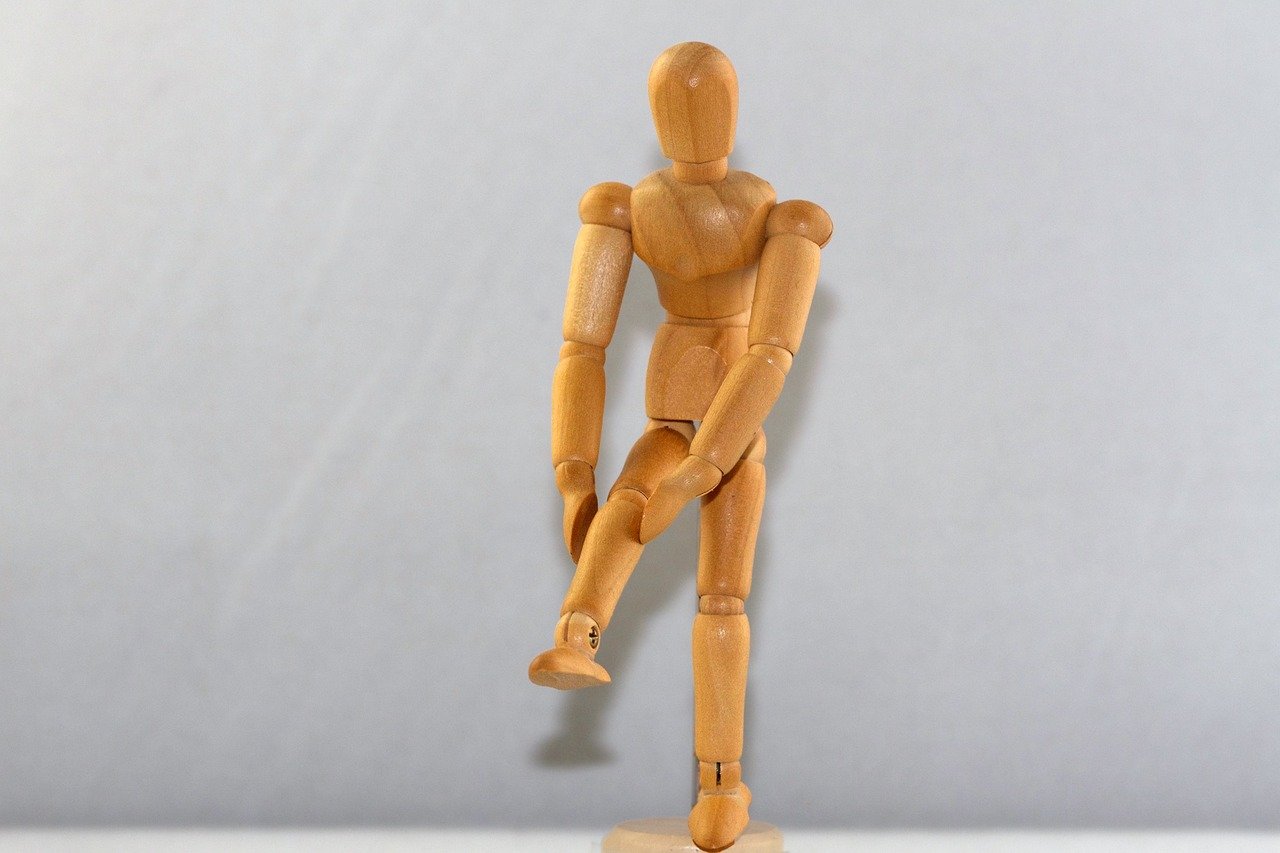
Sleeping Positions for Knee Pain Relief
There are three main sleeping positions to consider for knee pain relief: sleeping on your back, sleeping on your side, and sleeping on your stomach. Each position has its own advantages and potential pitfalls when it comes to knee pain relief.
Sleeping on Your Back
Sleeping on your back is generally considered one of the best positions for knee pain relief. This position allows your mattress and pillow to support your body’s natural alignment, minimizing pressure on the knees. Placing a pillow under your knees can provide additional support and help maintain proper alignment.
Sleeping on Your Side
Sleeping on your side can also be beneficial for knee pain relief, but it requires proper alignment. To achieve this, place a pillow between your knees to keep your hips, pelvis, and spine in alignment. This position helps reduce strain on the knees by distributing your body weight evenly throughout the night.
Sleeping on Your Stomach
Sleeping on your stomach is generally not recommended for individuals with knee pain. This position can strain the lower back and put additional pressure on the knees. However, if sleeping on your stomach is your preferred position, you can make adjustments to minimize knee pain. Placing a thin pillow under your hips can help alleviate some of the pressure on your knees, while using a soft pillow under your forehead can help keep your neck and spine aligned.
Back Sleeping Techniques
If you prefer to sleep on your back, there are specific techniques you can try to optimize knee pain relief.
Placing a Pillow Under Your Knees
One technique for back sleepers is to place a pillow under your knees. This elevates the legs slightly, reducing pressure on the knees and promoting proper spinal alignment. By maintaining a slight bend in the knees, you can help alleviate strain on the knees and improve comfort during sleep.
Using a Rolled-Up Towel for Lower Back Support
Another technique for back sleepers is to use a rolled-up towel for lower back support. By placing the towel under the natural curve of your lower back, you can provide additional support and help maintain proper spinal alignment. This can reduce strain on the knees and help alleviate knee pain during sleep.
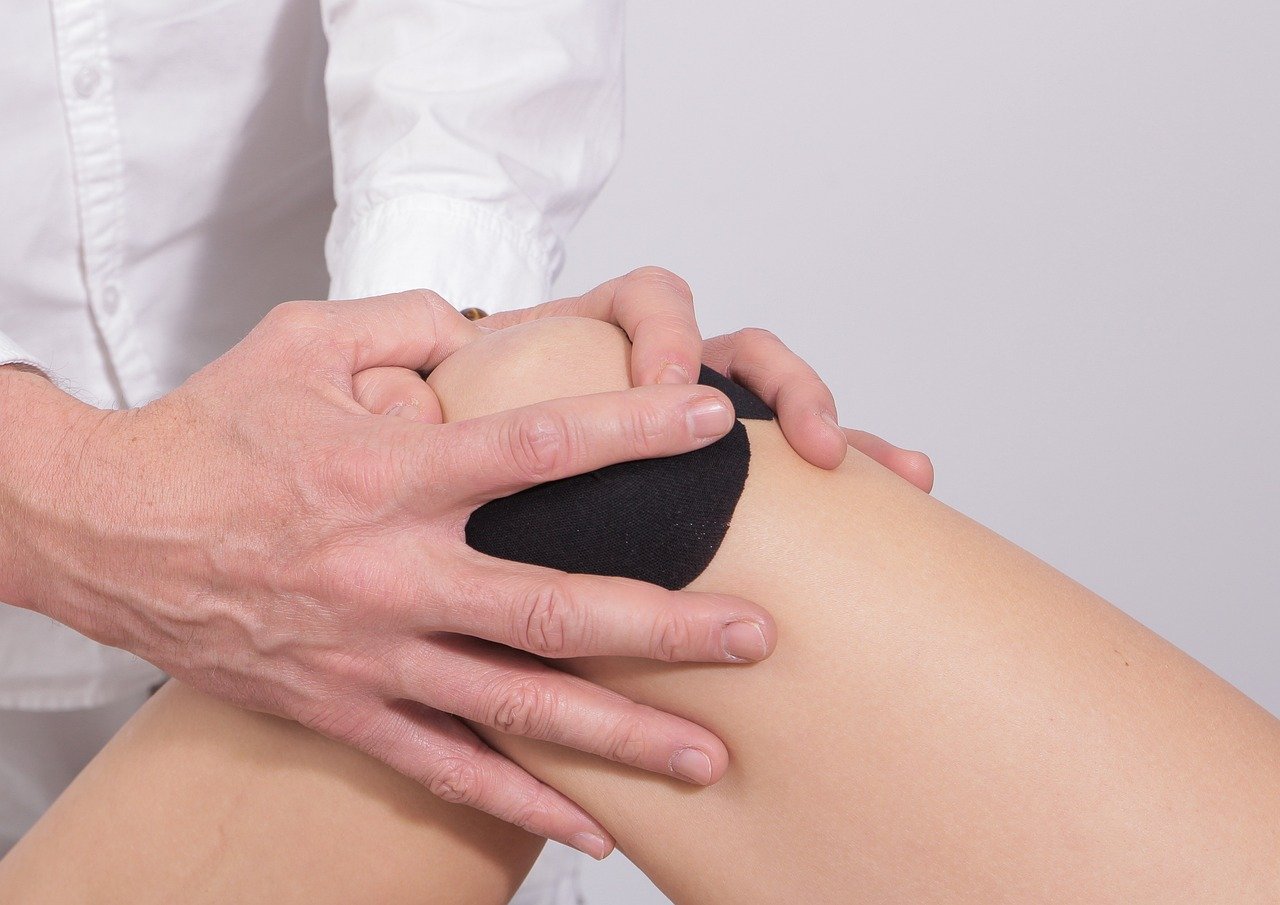
Side Sleeping Techniques
For those who prefer to sleep on their side, there are specific techniques that can be helpful in relieving knee pain.
Placing a Pillow Between Your Knees
One technique for side sleepers is to place a pillow between your knees. This helps keep your hips, pelvis, and spine properly aligned, reducing strain on the knees. By maintaining proper alignment, you can alleviate pressure on the knees and promote more restful sleep.
Using a Contoured Knee Pillow
Another technique for side sleepers is to use a contoured knee pillow. These pillows are specifically designed to fit between your knees, providing optimal support and alignment. The contoured shape helps keep the legs in a comfortable position, reducing strain on the knees and promoting better sleep quality.
Stomach Sleeping Techniques
Sleeping on your stomach is generally not recommended for knee pain relief, but if it is your preferred position, there are techniques to minimize discomfort.
Placing a Thin Pillow Under Your Hips
One technique for stomach sleepers is to place a thin pillow under your hips. This can help alleviate some of the pressure on your knees by slightly elevating your pelvis. By maintaining proper alignment and reducing strain on the knees, you can improve your overall comfort while sleeping on your stomach.
Using a Soft Pillow Under Your Forehead
Another technique for stomach sleepers is to use a soft pillow under your forehead. This can help keep your neck and spine aligned, reducing strain on the knees. Although it is not the ideal sleeping position for knee pain relief, making adjustments to support proper alignment can improve comfort in this position.
Additional Tips for a Good Resting Position
In addition to choosing the right mattress and pillow, there are several other factors to consider when finding the best resting position for knee pain relief.
Temperature and Sleep Environment
Creating a sleep-friendly environment is essential for optimal rest and pain relief. Keep your bedroom at a comfortable temperature, ensuring it is neither too hot nor too cold. Use blackout curtains or an eye mask to block out any unwanted light, and consider using white noise or earplugs to drown out any disruptive sounds.
Maintaining a Regular Sleep Schedule
Establishing a consistent sleep schedule is key to getting a good night’s rest and managing knee pain. Try to go to bed and wake up at the same time each day, even on weekends. This helps regulate your body’s internal clock and can promote more restful sleep, enhancing your body’s ability to heal and recover from knee pain.
Avoiding Overexertion and Strenuous Activities
Engaging in overexertion and strenuous activities can worsen knee pain. It is important to listen to your body and avoid activities that put excessive strain on your knees. If you experience knee pain during or after certain activities, modify or avoid them altogether. It is always better to be proactive in preventing further knee pain rather than exacerbating it.
When to Seek Medical Advice
While rest and proper positioning can help alleviate knee pain, there are instances when it is necessary to seek medical advice.
Persistent or Worsening Knee Pain
If your knee pain persists or worsens despite trying various resting positions and techniques, it is important to seek medical advice. This could indicate a more severe underlying issue that requires professional diagnosis and treatment.
Signs of Infection or Swelling
If you notice any signs of infection or swelling around your knee joint, it is crucial to consult a healthcare professional. Infections or inflammatory conditions can cause persistent knee pain and may require immediate medical attention.
Accompanying Symptoms in Other Joints
If you experience knee pain along with symptoms in other joints, such as swelling, stiffness, or limited range of motion, it is important to seek medical advice. These symptoms could be indicative of a systemic condition that requires professional evaluation and treatment.
Exercises and Stretches for Knee Pain Relief
In addition to finding the best resting position for knee pain relief, incorporating exercises and stretches into your routine can help strengthen the muscles around your knees and promote flexibility. Here are a few exercises and stretches that can be beneficial.
Quadriceps Stretch
The quadriceps stretch targets the muscles in the front of your thighs. Stand upright and bend one leg at the knee, bringing your foot towards your buttocks. Hold onto your ankle and gently pull your foot closer to your buttocks, feeling a stretch in the front of your thigh. Hold for 30 seconds, then switch legs and repeat.
Hamstring Stretch
The hamstring stretch focuses on the muscles at the back of your upper thighs. Sit on the edge of a chair with one leg extended in front of you. Keeping your back straight, lean forward from your hips, reaching towards your toes. You should feel a gentle stretch in the back of your thigh. Hold for 30 seconds, then switch legs and repeat.
Straight Leg Raise Exercise
The straight leg raise exercise helps strengthen the muscles around your knees. Lie on your back with one leg straight and the other bent at the knee. Slowly raise your straight leg off the ground, keeping it straight and in line with your body. Hold for a few seconds, then lower it back down. Repeat on the other side.
Physical Aids and Assistive Devices
Physical aids and assistive devices can provide additional support and stability for individuals with knee pain.
Elbow Crutches or Canes
Elbow crutches or canes can help reduce weight-bearing on the knees, providing support and preventing further strain. These devices can be particularly useful during activities that require walking or standing for prolonged periods.
Knee Sleeves or Braces
Knee sleeves or braces can provide compression and stability to the knees, reducing pain and promoting healing. They are available in various designs and should be chosen based on your specific needs and the severity of your knee pain.
Professional Treatments for Knee Pain
If conservative measures prove ineffective in managing knee pain, professional treatments may be necessary.
Physical Therapy
Physical therapy can be highly beneficial for individuals with knee pain. A licensed physical therapist can develop a customized exercise program to strengthen the muscles around the knees, improve range of motion, and reduce pain.
Orthopedic Consultation
Consulting with an orthopedic specialist can provide a comprehensive evaluation of your knee pain. They can diagnose any underlying conditions contributing to your knee pain and recommend appropriate treatment options, including medication, injections, or surgical interventions if necessary.
Surgical Interventions
In some cases, surgical interventions may be required to alleviate knee pain. Surgical procedures can vary depending on the specific condition causing the pain, and they should be considered as a last resort after exhausting conservative treatment options.
In conclusion, finding the best resting position for knee pain relief involves selecting the right mattress and pillow, considering body alignment, and adopting specific sleeping techniques for each position. Additionally, incorporating exercises and stretches, using physical aids, and seeking professional advice when necessary are vital steps in managing knee pain effectively. By taking a comprehensive approach and finding the right combination of strategies, you can improve your comfort and sleep quality while minimizing knee pain.
